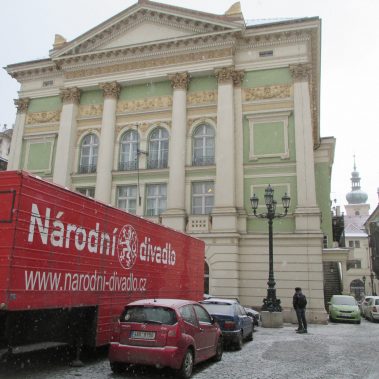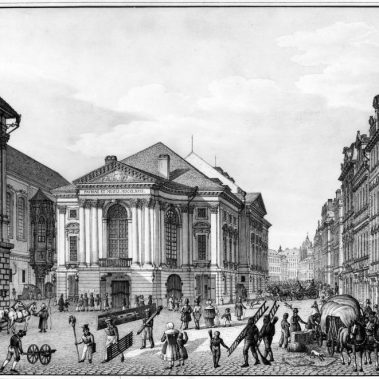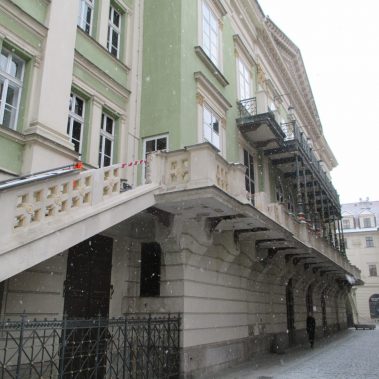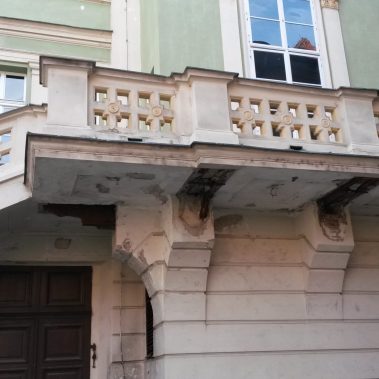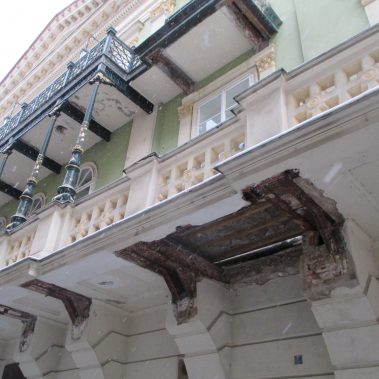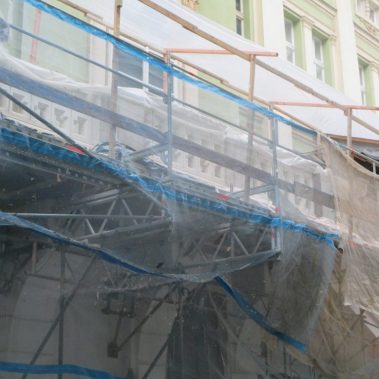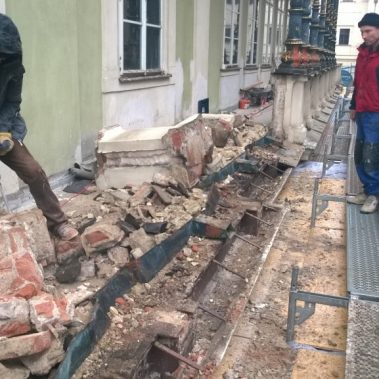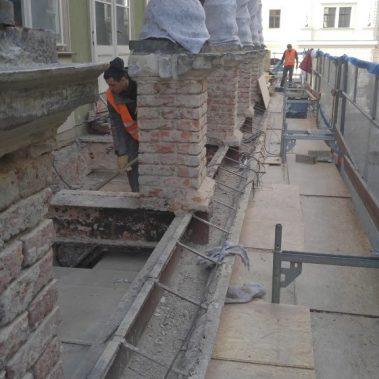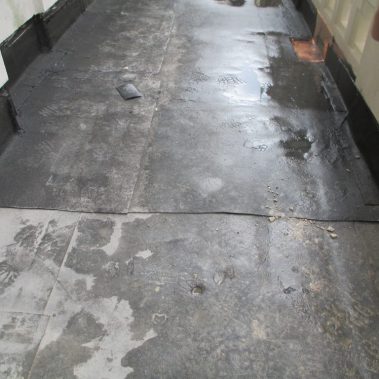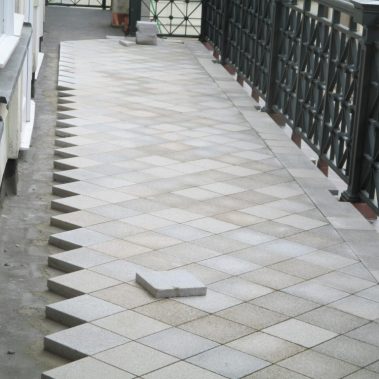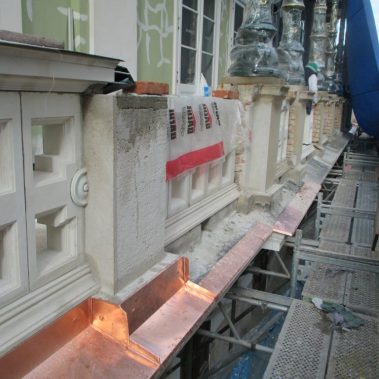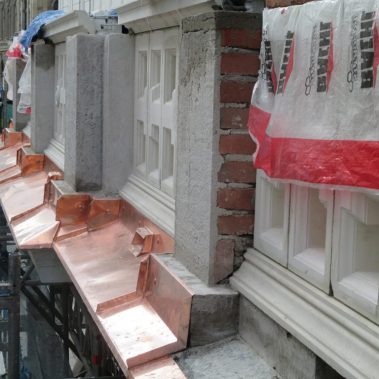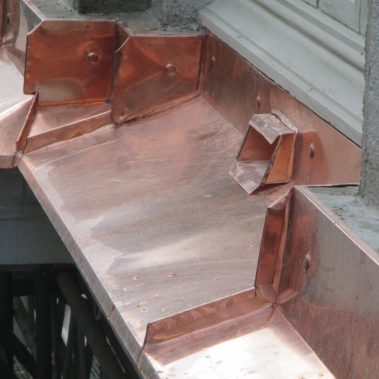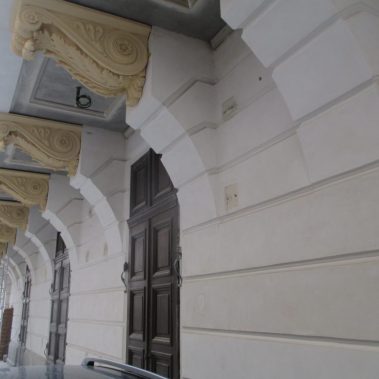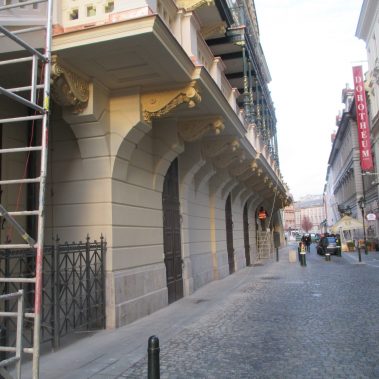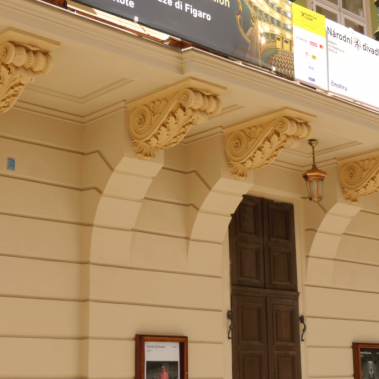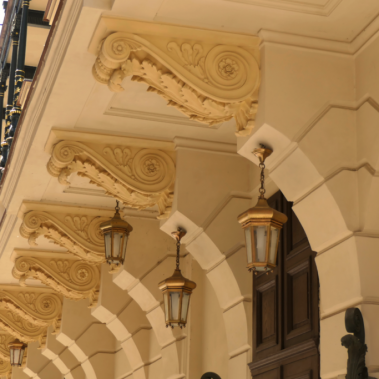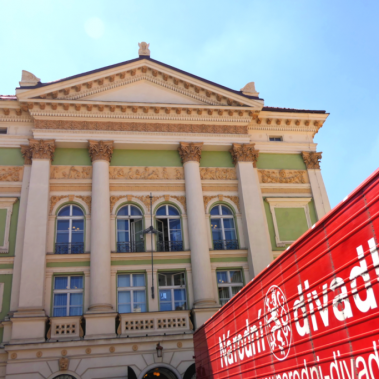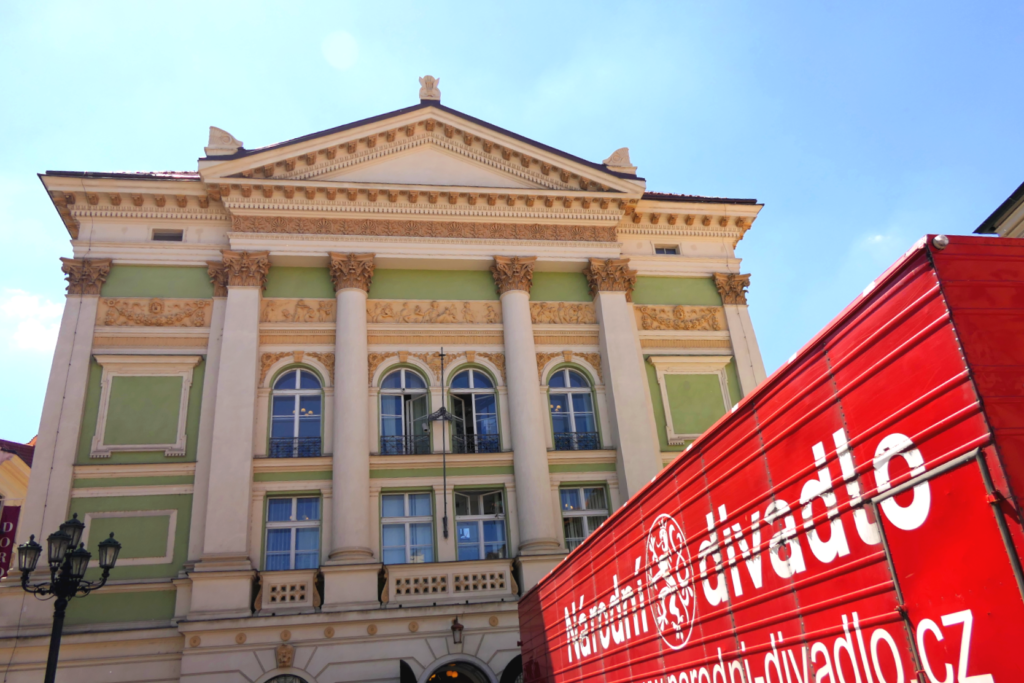
Address:
Železná 11, Prague, Czech Republic
Client:
Národní divadlo, Ostrovní 1, 112 30, Praha 1
Description of work:
Restoration and construction works
Realization:
2015–2016
The historical building of the Estates Theatre is one of Prague’s first Classicist structures. It was originally built for the public between 1781 and 1783 by Franz Anton, Count Nostitz-Rieneck, a Bohemian patriot. The project and construction were carried out in accordance with the plans of Count Kašpar Heřman Künigel by the court builder, Anton Haffenecker. The building was constructed in the spirit of the 18th century Enlightenment when many national theatres were founded and flourished at various European courts, capitals and cultural centers. Constructing a theatre for the public was seen as a symbol of the nation’s cultural standing. The theatre first featured plays in the German language, but the first Czech-language plays were staged already in 1785. Czech-language productions had been appearing sporadically, but since 1812 they were staged regularly on Sundays and on national holiday afternoons. On 20 January 1787, Wolfgang Amadeus Mozart visited the theatre to personally direct his opera The Marriage of Figaro. Based on its success, Mozart composed the opera Don Giovanni for the city of Prague.
We administered the restoration plan, documented and measured all the historical segments. The works’ objective was to restore the architectural elements. This means, in particular, the restoration of the gallery, column trestles and handrails. The works further included reconstruction of outdoor balconies, cornices, attics, railings, and tinsmith structures. The original elements were gradually dismounted and, following replacement of damaged and degraded elements, casts and molds were produced.














